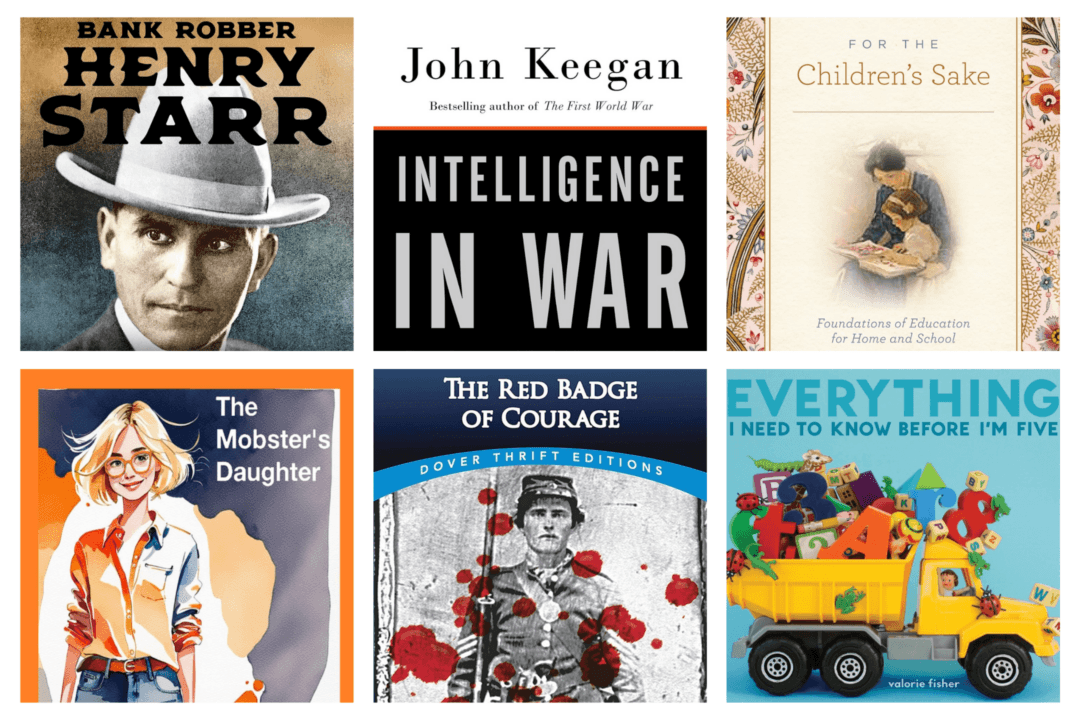Jan McGrath is a homeschooling mom and creator of “Tell Me a Story,” a writing program for home educators. I recently asked her about her experience homeschooling and for advice for parents when it comes to teaching reading, writing, and foreign language. Here’s what she said.
The Epoch Times: What led you to homeschool your children?






